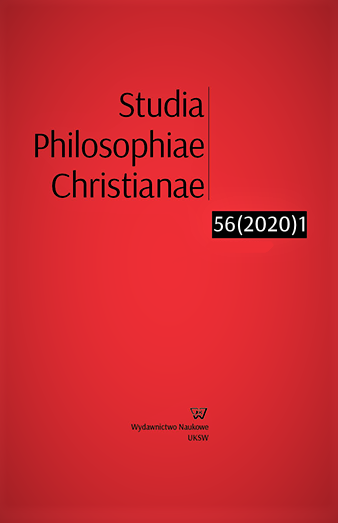JAK MOŻLIWA JEST ADAPTACYJNA ANALIZA SZTUKI? NIEKTÓRE PROBLEMY METODOLOGICZNE ESTETYKI EWOLUCYJNEJ
IS AN ADAPTIVE ANALYSIS OF ART POSSIBLE? SOME METHODOLOGICAL ISSUES IN EVOLUTIONARY AESTHETICS
Author(s): Jerzy LutySubject(s): Aesthetics, Methodology and research technology
Published by: Wydawnictwo Naukowe Uniwersytetu Kardynała Stefana Wyszyńskiego w Warszawie
Keywords: art; evolution; adaptation; sexual selection; consilience;
Summary/Abstract: Evolutionary aesthetics is a young and promising discipline that still lacks a fully developed methodology, such as neuroaesthetics. The disputes over situations in which a given artistic behaviour could be considered an adaptation (or perhaps a by-product of adaptation or a purely cultural product), do not lead to clear conclusions, as shown by the fact that the test results obtained can often be assigned to many hypothetical functions. For example, even if the hypothesis that a given behaviour is shared by all humans is confirmed empirically, this does not necessarily mean that the behaviour is an adaptation. For an explanation of the evolutionary origin of a behaviour to be reliable, it should pass the Tinbergen (1951) test, and thus get confirmation in each of the following four aspects: (1) it should appear spontaneously at an early stage of individual development, (2) it should have an identified function, (3) it should have its own evolutionary history, and (4) it should comprise an emotional mechanism that causes pleasure or disgust, operating under specific circumstances. If each of these conditions is met, it can be stated with a high degree of certainty that the behaviour in question is an adaptation in the strict sense of the word. But: is accuracy the domain of art? This article shows that the unique idea of the consilience of the humanities and natural sciences, despite numerous methodological puzzles, offers an attractive interpretation of evolutionary aesthetics from the point of view of contemporary universalist challenges. It also allows us to understand the uniqueness of humans - the only species that artifies, attaches importance to performance, creates art and adores it.
Journal: Studia Philosophiae Christianae
- Issue Year: 56/2020
- Issue No: 1
- Page Range: 55-78
- Page Count: 24
- Language: Polish

